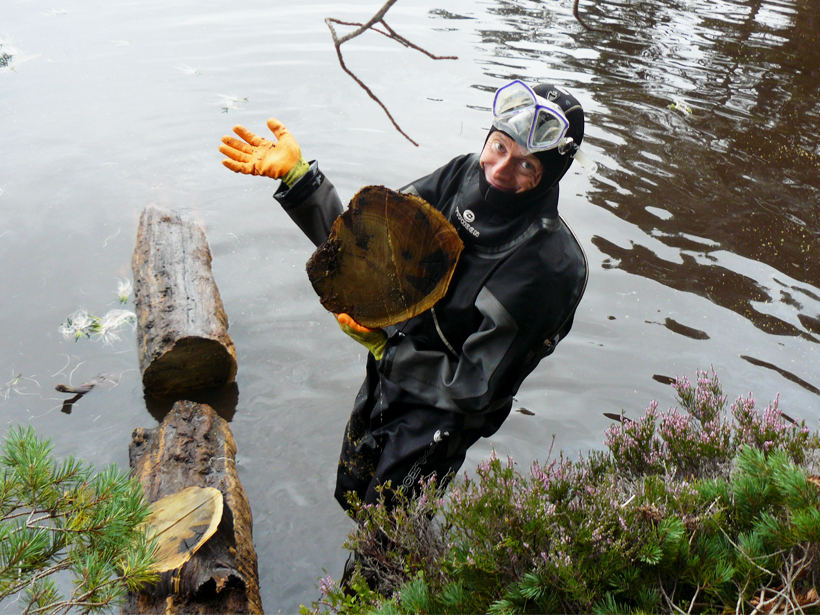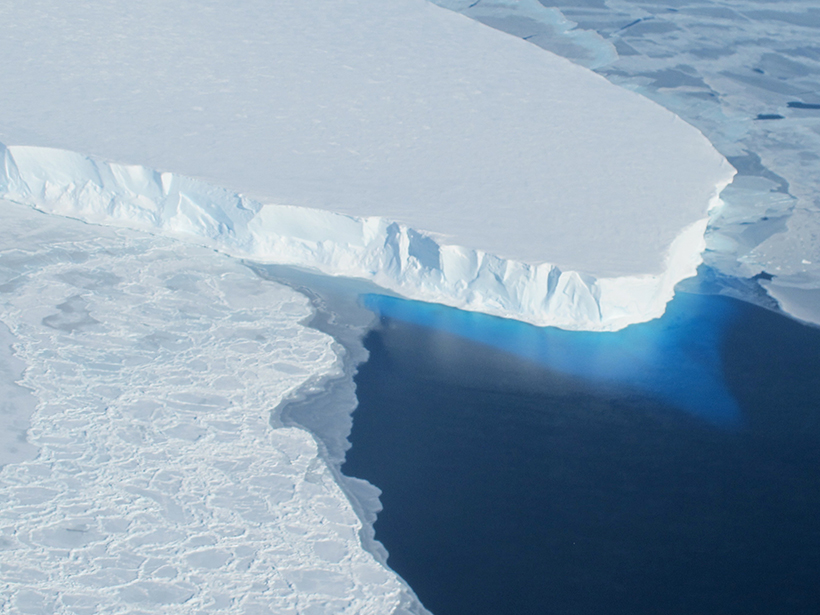Diagnosing Thwaites. Antarctica’s remote Thwaites Glacier is the focus of much research these days, with dozens of scientists traveling there as part of a years-long international collaboration to study why this particular block of ice—about the size of Great Britain, mind you—is melting so fast. This piece provides an engaging look behind the scenes at some of the research and clearly lays out current thinking about Thwaites and what its demise could mean for Antarctica as well as for global sea levels.
—Timothy Oleson, Science Editor
Wind and Solar Would Struggle to Replace Coal-Mining Jobs. We hear all kinds of news about the United States weaning off coal, but what’s happening to those coal-related jobs? I liked this succinct write-up in Axios of a recent report on the feasibility of swapping coal jobs with work in renewables. Looks like Wyoming may be the luckiest state in terms of switching to wind energy–related work.
—Jenessa Duncombe, Staff Writer
United Kingdom Commits to Net Zero Emissions by 2050.

With Glasgow, Scotland, hosting an upcoming climate summit in November, British prime minister Boris Johnson said on 4 February that the United Kingdom is calling for getting to net zero emissions as soon as possible. Naturalist and broadcaster David Attenborough said of the speech that “it is so encouraging to know that the present government has declared this year the year not of talk about it, not of alarming people, not of warning, but of action.” It’s not clear, however, who will head up the United Kingdom’s preparations for the 26th United Nations Climate Change Conference (COP26). Former clean growth minister Claire O’Neill was dismissed from that post on 31 January, and former prime minister David Cameron has since turned down an offer to be president of COP26.
—Randy Showstack, Staff Writer
History’s Largest Mining Operation Is About to Begin. Deep-sea mining could provide valuable minerals that might accelerate our transition from fossil fuels to batteries. It could also wreck ecosystems up and down the water column. An obscure United Nations agency is busy writing the regulations for an international underwater mining code.
—Nancy McGuire, Contract Editor
How the Cold Climate Shaped Scotland’s Political Climate.

Okay, this one is just so cool. I’ve always been fascinated by dendrochronology, but this study takes it a step further. These tree rings from 300 years ago help explain the drivers behind major shifts in Scotland’s political landscape. I wonder what the trees around us are recording about today’s rapidly shifting global and political climates.
—Kimberly Cartier, Staff Writer
Blowing in the Wind: Why the Netherlands Is Sinking. Those iconic windmills are responsible for land subsidence at a rate of about 8 millimeters per year. The subsidence is risky for the environment, and while it’s not quite sinking the Dutch economy, it’s definitely contributing to more than a little financial erosion.
—Caryl-Sue, Managing Editor
Citation:
(2020), From glaciers in Antarctica to emissions in England, Eos, 101, https://doi.org/10.1029/2020EO139819. Published on 07 February 2020.
Text © 2020. AGU. CC BY-NC-ND 3.0
Except where otherwise noted, images are subject to copyright. Any reuse without express permission from the copyright owner is prohibited.

